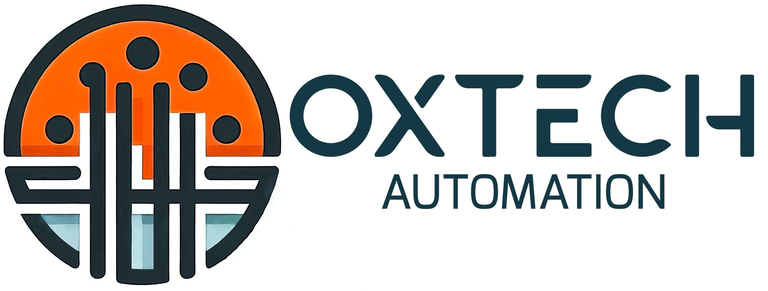What Small Businesses Should Know About RPA Before Getting Started
Robotic Process Automation (RPA) can transform small businesses by streamlining repetitive tasks and boosting efficiency. Before getting started, it's essential to understand key factors like choosing the right processes, calculating your savings, and ensuring employee buy-in. This guide covers everything you need to know to implement RPA successfully.
Nick Thomas
3/14/20252 min read


Robotic Process Automation (RPA) can significantly improve efficiency, reduce costs, and free your team from repetitive tasks. However, before diving into automation, small businesses should understand a few critical aspects of RPA to ensure a smooth and effective implementation.
RPA Explained: What Is It Exactly?
Robotic Process Automation (RPA) involves software robots performing repetitive, rules-based tasks traditionally handled by employees. These "bots" mimic human actions on computers, handling tasks such as data entry, invoice processing, and customer interactions seamlessly and error-free.
Identify the Right Processes for Automation
Not all tasks are suited for automation. Ideal candidates are repetitive, rules-based, and time-consuming. Examples include data entry, invoice processing, and standard customer queries. Processes requiring human judgment or creativity aren't good RPA candidates.
Cost vs. Benefit
While RPA involves an initial investment, the long-term savings typically outweigh upfront costs significantly. Small businesses should calculate potential return on investment (ROI) by considering factors such as reduced labor costs, fewer errors, increased productivity, and the opportunity cost of employees performing mundane tasks instead of revenue-generating activities.
Choosing the Right RPA Tools
Not all RPA tools are created equal. Solutions like UiPath, Automation Anywhere, Power Automate, and Zapier have varying capabilities and costs. Select tools based on your business size, budget, complexity of tasks, and available support.
Employee Buy-In Is Essential
Introducing automation can raise concerns among staff about job security. Clear communication and transparency about how RPA will help employees—not replace them—is crucial. Emphasize that RPA frees up their time for more meaningful, higher-value activities rather than replacing their roles.
Scalability and Maintenance
Your RPA solution should scale alongside your business. Small businesses should plan for future growth, ensuring their chosen RPA solution can adapt to increased complexity and volume without extensive redevelopment.
Training and Support
Successful RPA implementation requires training for the employees who will oversee and interact with automated processes. Choose providers that offer robust support, clear documentation, and training resources.
Monitor and Optimize Continuously
RPA isn't a "set it and forget it" solution. Regularly monitor performance, gather employee feedback, and continuously refine your automation strategies to maximize the benefits.
Ready to Start?
RPA offers enormous benefits to small businesses, but thoughtful planning is crucial. By understanding these key considerations, you can smoothly integrate automation into your business and leverage its full potential.
